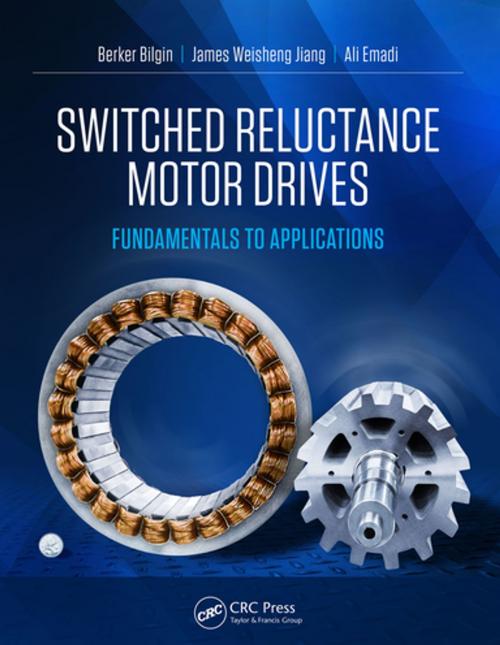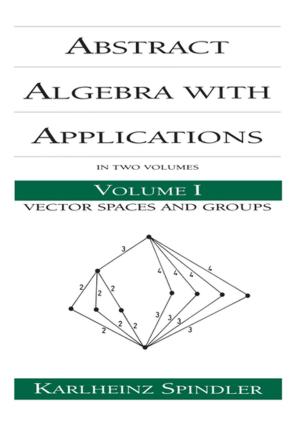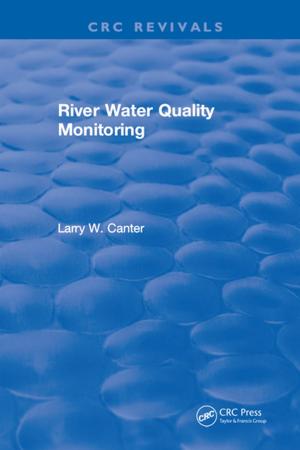Switched Reluctance Motor Drives
Fundamentals to Applications
Nonfiction, Science & Nature, Technology, Electricity, Electronics| Author: | ISBN: | 9781351396714 | |
| Publisher: | CRC Press | Publication: | April 29, 2019 |
| Imprint: | CRC Press | Language: | English |
| Author: | |
| ISBN: | 9781351396714 |
| Publisher: | CRC Press |
| Publication: | April 29, 2019 |
| Imprint: | CRC Press |
| Language: | English |
Electric motors are the largest consumer of electric energy and they play a critical role in the growing market for electrification. Due to their simple construction, switched reluctance motors (SRMs) are exceptionally attractive for the industry to respond to the increasing demand for high-efficiency, high-performance, and low-cost electric motors with a more secure supply chain.
Switched Reluctance Motor Drives: Fundamentals to Applications is a comprehensive textbook covering the major aspects of switched reluctance motor drives. It provides an overview of the use of electric motors in the industrial, residential, commercial, and transportation sectors. It explains the theory behind the operation of switched reluctance motors and provides models to analyze them. The book extensively concentrates on the fundamentals and applications of SRM design and covers various design details, such as materials, mechanical construction, and controls.
Acoustic noise and vibration is the most well-known issue in switched reluctance motors, but this can be reduced significantly through a multidisciplinary approach. These methodologies are explained in two chapters of the book. The first covers the fundamentals of acoustic noise and vibration so readers have the necessary tools to analyze the problems and explains the surface waves, spring-mass models, forcing harmonics, and mode shapes that are utilized in modeling and analyzing acoustic noise and vibration. The second applies these fundamentals to switched reluctance motors and provides examples for determining the sources of any acoustic noise in switched reluctance motors.
In the final chapter two SRM designs are presented and proposed as replacements for permanent magnet machines in a residential HVAC application and a hybrid-electric propulsion application. It also shows a high-power and compact converter design for SRM drives.
Features:
- Comprehensive coverage of switched reluctance motor drives from fundamental principles to design, operation, and applications
- A specific chapter on electric motor usage in industrial, residential, commercial, and transportation applications to address the benefits of switched reluctance machines
- Two chapters address acoustic noise and vibration in detail
- Numerous illustrations and practical examples on the design, modeling, and analysis of switched reluctance motor drives
- Examples of switched reluctance motor and drive design
Electric motors are the largest consumer of electric energy and they play a critical role in the growing market for electrification. Due to their simple construction, switched reluctance motors (SRMs) are exceptionally attractive for the industry to respond to the increasing demand for high-efficiency, high-performance, and low-cost electric motors with a more secure supply chain.
Switched Reluctance Motor Drives: Fundamentals to Applications is a comprehensive textbook covering the major aspects of switched reluctance motor drives. It provides an overview of the use of electric motors in the industrial, residential, commercial, and transportation sectors. It explains the theory behind the operation of switched reluctance motors and provides models to analyze them. The book extensively concentrates on the fundamentals and applications of SRM design and covers various design details, such as materials, mechanical construction, and controls.
Acoustic noise and vibration is the most well-known issue in switched reluctance motors, but this can be reduced significantly through a multidisciplinary approach. These methodologies are explained in two chapters of the book. The first covers the fundamentals of acoustic noise and vibration so readers have the necessary tools to analyze the problems and explains the surface waves, spring-mass models, forcing harmonics, and mode shapes that are utilized in modeling and analyzing acoustic noise and vibration. The second applies these fundamentals to switched reluctance motors and provides examples for determining the sources of any acoustic noise in switched reluctance motors.
In the final chapter two SRM designs are presented and proposed as replacements for permanent magnet machines in a residential HVAC application and a hybrid-electric propulsion application. It also shows a high-power and compact converter design for SRM drives.
Features:
- Comprehensive coverage of switched reluctance motor drives from fundamental principles to design, operation, and applications
- A specific chapter on electric motor usage in industrial, residential, commercial, and transportation applications to address the benefits of switched reluctance machines
- Two chapters address acoustic noise and vibration in detail
- Numerous illustrations and practical examples on the design, modeling, and analysis of switched reluctance motor drives
- Examples of switched reluctance motor and drive design















